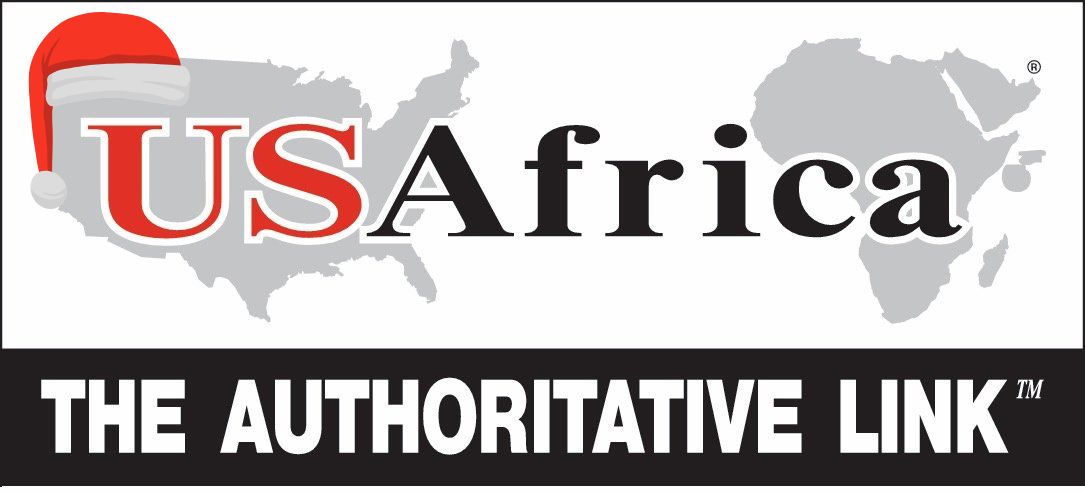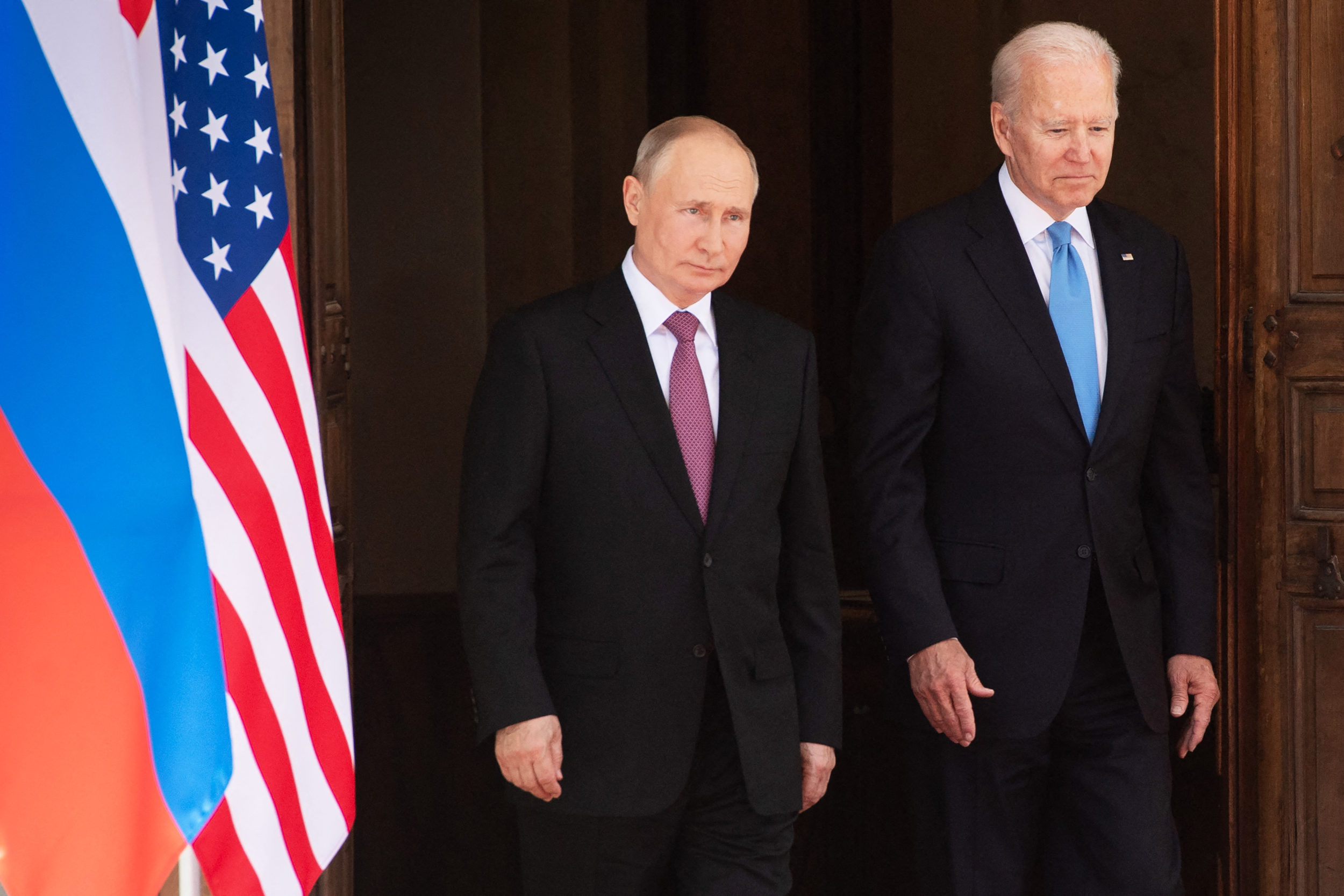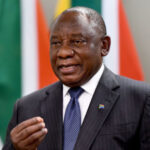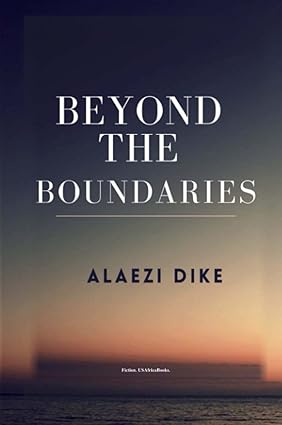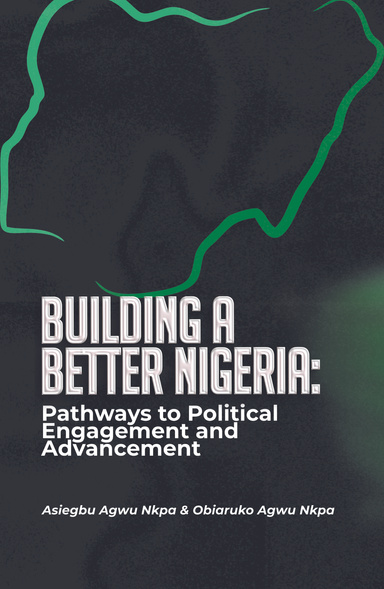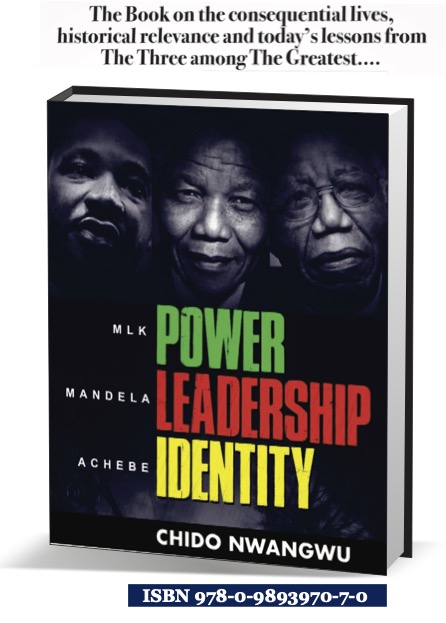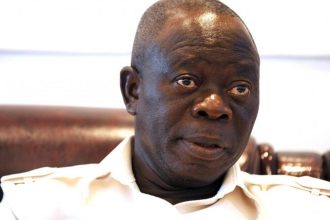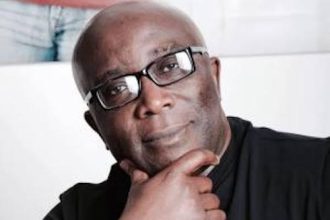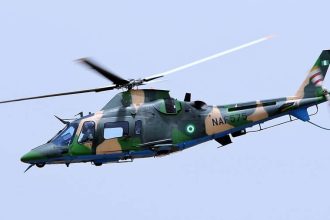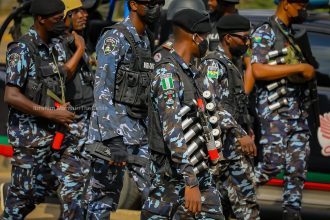Special to USAfrica magazine (Houston) and USAfricaonline.com, first Africa-owned, US-based newspaper published on the Internet.
Ken Okorie, an attorney, is a member of the Editorial Board of USAfrica multimedia networks.
On April 14, 2022, the Biden administration announced an expedited $800 million package of military assistance to Ukraine that includes heavy artillery, drones and helicopters. It is a mix of high caliber supplies. Without a doubt, President Zelensky and his fellow Ukrainians will be grateful and happy.
What’s curious is that it has taken Russia’s butchery at Bucha, their grotesque destruction of Mariupol, and bombardment of the Odesa port city on the Black Sea for Biden to come to this realization.
Biden called Putin out on his plans to invade Ukraine very early, when Zelensky was still indulged in indirect diplomatic persuasion that Putin might not invade. Having made that early determination, one wonders why Biden chose a gumshoe ‘seek-and-hide’ approach over decisive face up with the bully at the Kremlin.
For twenty years, Putin has made no secret of his dream to reconstruct the collapsed Soviet empire, and has taken incremental steps toward it.
He invaded Georgia in 2008, Chechnya in 1994, and took the Crimea Region of Ukraine in 2014. In each instance, he latched onto separatists for excuse to intervene. What reason was there to suggest that the former Soviet Intelligence (KGB) officer Putin was not serious this time or deserved any benefit of the doubt?
Putin got away with each invasion; devoid of confrontation from the West. Economic sanctions have been the key tools of response. But to what extent can economic sanctions alone deter this determined KGB officer? That is the big question. Experience suggests maybe to a point. The current invasion of Ukraine might yet be Putin’s boldest action; it also whistles in the prospect of further westward expansion unless the West reacts more forcefully.
As the fighting has devastated neighborhoods in Ukraine and taken thousands of mostly innocent civilian lives, communities displaced, as the carnage grows, my concern, initially expressed on this column as Putin was amassing forces around Ukraine that it might escalate into a major global conflagration, has edged much closer to materializing.
Hanging for question in this unfolding macabre event is the will of the United States (or lack thereof) and the resolve of the North Atlantic Treaty Organization (NATO), when the push comes to shove! Three weeks into this crisis, about March 19, I got attracted to a cartoon that depicted an aggressive bulldog (NATO) barking at belligerent Putin. One quick outstretched fist of the belligerent had every tooth in the aggressor’s mouth falling off. Can the US and its NATO allies afford to be such bulldog? Such depiction casts a very unpleasant profile that is emerging, and could stick, of the Western alliance, particularly the United States.
To understand the challenges and significance of the Ukraine invasion, one must step back in time to the post-World War II Cold War era. After contributing to eliminate the menace of Hitler, Soviet Union saw itself as the target of a defense alliance that emerged between United States and Western Europe. Russia entered into bilateral treaties with individual Eastern European states, including Soviet-occupied East Germany.
Soviet Union counterbalanced its perceived exposure by initiating and formalizing the Warsaw Treaty Organization (Warsaw Pact), as a competing defense alliance of the Soviet Union and its satellite states in Central and Eastern Europe 1953. Original signatories to the Pact were Soviet Union, Albania, Poland, Czechoslovakia, Hungary, Bulgaria, Romania, and the German Democratic Republic (East Germany). Albania later withdrew in 1968.
The Cold War dominated the affairs of the era. It was essentially a contest between two ideologies for regional control and sphere of influence. NATO espoused democracy as Warsaw Pact advocated socialism and communism. The contest played out in just about every setting in relations among nations far and near. Even the distant regions of Africa, Southeast Asia and South America were often pawns in the contest for power and influence.
Collapse of the Berlin Wall in 1989 was pivotal, not just in the Cold War but for the history of modern Europe. Mikhail Gorbachev’s ascension to General Secretary of the Communist Party of the Soviet Union (CPSU) started a process that reformed Soviet politics and economy and advocated closer ties with the West. It changed Russia and its client states. Unfolding taste of liberation only got sweeter as the Soviet allied publics craved for more freedom. Pressure developed within their ranks, buoyed by the attractiveness of a more egalitarian profile of their counterparts in the West. This led to an East German directive to open its border with West Germany for closer feel of the freedom breeze. Seizing on that opening, then U.S President Ronald Reagan urged Gorbachev to tear down the Berlin Wall. He did. The iron curtain that had separated the East from the West for over 45 years shattered. The Warsaw Pact crumbled. Several of its former members (Bulgaria, Croatia, Czech, Hungary, Latvia, Lithuania, Poland, Romania, Slovakia, Slovenia) decamped to NATO.
Gorbachev’s policies of openness (Glasnost) and restructuring (Perestroika) accelerated the dissolution of the Soviet Union. With that, Cold War tension eased as Moscow and Washington engaged in series of disarmament talks, at both the conventional and strategic levels.
An ensuing merger of 27 countries of Europe into the European Union in 1993 consolidated a unified political and economic profile for Europe that only complemented the military profile of NATO. This strengthened NATO as Europe’s dominant, perhaps sole, military alliance. By implication and deduction, the elevated NATO also meant a diminished Russia, both politically and militarily. Various indices, not the least of which are economic and military, was a Russia that could not match the new powerhouse that was the United States and the emergent European Union. It was a consequent new zero-sum-game with regional and global reverberations.
Gorbachev’s successor, Boris Yeltsin, handpicked Vladmir Putin to succeed him. With a career rooted in a Soviet Union that was the only other superpower competing with the United States, Putin could not let go feelings of lost Soviet glory. As Prime Minister under Yeltsin, Putin blamed Soviet collapse on the United States and set his eyes on revenge. From public statements, policies, to renewed clasp on power to the preclusion of any opposition, everything about Putin pointed to a consuming ambition to reconstruct that glory. He was clear and consistent.
To achieve the objective, Putin’s KGB skills, strategies and methods came handy. He resorted to systematic, overt, and covert interference in domestic and regional governance and processes of perceived adversaries. This strategy was intended to inject doubt and mistrust in established systems and processes with the goal to weaken the institutions and infrastructure that sustain them. Disinformation and misinformation were handily planted balloons to create alternative facts, deflect attention, and thereby create confusion within the West’s systems. Donald Trump employed and code-named this strategy fake news.
With the accession of Donald Trump to the US presidency, all of this became manifest. He demeaned and, ultimately sought to weaken, just about every element and institution of America’s governance. Interestingly, he could not even veil his admiration and praise of Putin, to whom he routinely deferred over his US National Intelligence. The image of deference presented very clearly on the occasions the two met. Trump often described Putin as superior to US leaders, and more recently characterized Putin’s invasion of Ukraine as “genius”. Such unusual disposition of a US president led to suspicion as to what Moscow might have over Trump? Others wondered if, or how much, The Kremlin sponsored, or had a hand in, Trump’s accession to US presidency.
By so many measures, Trump presented himself in ways that might have rendered his patriotism and allegiance suspect. It deserves recalling that Ukraine was at the center of Trump’s first impeachment as president. The concept of quid pro quo became a notable buzz word that arose from Trump’s now memorable phone call to President Zelensky, in which he demanded personal favor in return for providing aid to Ukraine. Some have alleged that Ukraine would have better capacity to defend itself if Trump had not withheld the aid, much of which was military assistance. That selfish posture is said to have hurt United States interests.
Ordinarily, one might wonder what incentive Putin might have to so engage. But getting back at the United States, which he believed was responsible for Soviet disintegration, seems ample and sufficient. If true, it is my estimation that engineering an Oval Office that presented the appearance of willing tool and instrumentality to discredit the US democracy might actually be Putin’s real genius.
In his twenty years of Russian control, economic sanctions alone have never deterred a determined Putin. Not previously, and not in the current phase. Russians may be hurting as a result, but that is far from what Putin worries about. His current invasion of Ukraine might yet be Putin’s boldest, it also whistles in the prospect of further westward expansion unless the West reacts more forcefully. A persistent, non-coded message of President Zelensky is that another European victim state might follow Ukraine if Putin is not given greater deterrent.
Remarkably, recent US presidents, from Bill Clinton on Chechnya (1994), George W. Bush on Georgia (2008), to Obama on Crimea (2014) routinely showed an absence of stamina to meet the Russian challenge head on. None left an imprint of such will. In essentially similar manner, each retorted to a now familiar refrain to avoid direct military confrontation with Russia. More recently, Biden added to that thinking a fear of triggering World War III, and used that excuse to deny Ukraine offensive weaponry aid that is commensurate to the Russian challenge. Question is: To what extent does excuse or fear, encourage or motivate Putin into continued and further military escapades, knowing he will not be confronted militarily? Am afraid the answer is: more likely than not!
Equally seriously, how much dent does this image leave on America’s reputation and the psyche of its allies? A lot. America has always been the can-do intervener looked up to by the developing world. Biden’s recent handling of Afghanistan did not help. Granted that Biden inherited a pre-scheduled, pre-announced American troops withdrawal from his predecessor (Trump), the bungled and haphazard manner of that withdrawal created serious questions, even doubts, about America’s military might, about America’s resolve as a dependable partner.
A bewildering element of this unfolding surprise is the comparative strengths of Russia and
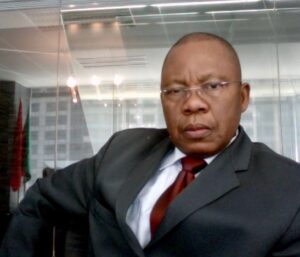
just the United States. Measured on budgets and force size (conventional or strategic), the potency of a combined US and European military might under NATO should be ample reason for Russia to avoid direct military confrontation with the West. Who, therefore, should be fearing who? Why is the Biden river flowing uphill?
I understand no person (president or not) wants to be labeled as provoking a nuclear war, but the Russian destruction of Ukraine is becoming a true test of America’s will. Thus far, it cannot be said that America is meeting the challenge and role as the confident, safe harbor its allies can bank on.
USAfrica: Why is America’s Biden calling Russia’s Putin “a war criminal”? By Chido Nwangwu
